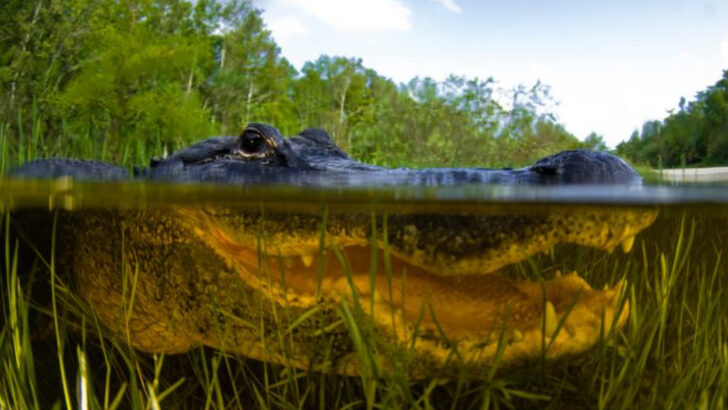Some lakes don’t just shimmer—they stalk.
Beneath the glassy surface, something waits. Teeth. Toxins. Temper. These aren’t your average swimming holes—they’re the spots where nature loses its chill and gets downright vicious.
One wrong splash in the wrong place, and you could meet a snapping turtle the size of a carry-on bag. Or worse—slip into waters so deep and cold, they’ve stolen bodies without a ripple.
We’re diving headfirst into the murkiest corners of America’s deadliest lakes—the ones with legends, lurking predators, and a reputation for dragging the unprepared under.
From alligators to brain-eating amoebas (yes, really), these waters don’t play nice. So before your next lakeside getaway, you might want to read this first—then decide if a pool sounds better.
You’ve been warned.
Lake Jesup, Florida
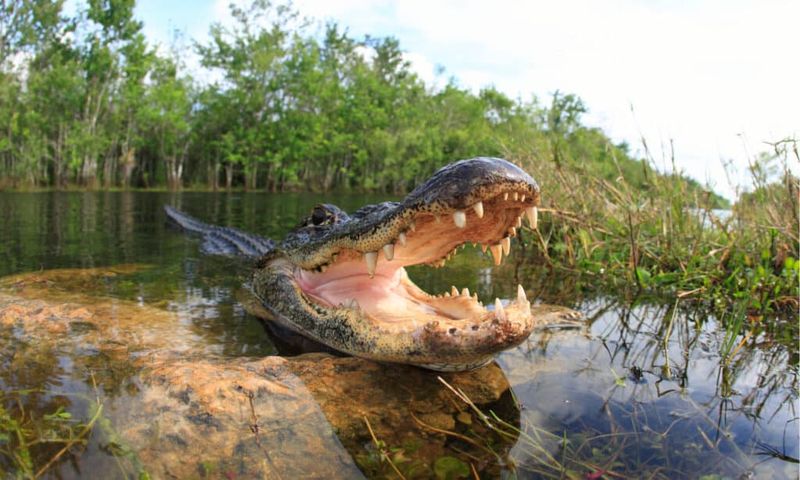
Lake Jesup is notorious for its dense alligator population. With more alligators per square mile than any other lake in the state, it’s a spot that demands vigilance. Locals often spot these reptiles sunbathing on the shore or gliding silently through the water.
This lake’s murky depths hold more than just gators. The ecosystem supports a variety of fish, which serve as prey for the lake’s primary predators. Visitors are advised to keep a safe distance from the water’s edge.
The eerie ambiance of the surrounding swamps only adds to the lake’s mystique and danger.
Lake Erie, Ohio

Lake Erie, one of the Great Lakes, is home to the invasive sea lamprey. These parasitic fish attach themselves to larger fish, draining their blood and weakening fish populations.
The lamprey’s presence is a significant concern for local fisheries. Their eel-like bodies and toothed, suction-cup mouths make them a sinister sight.
Lake Erie’s often unpredictable weather adds another layer of danger. Sudden storms can turn serene waters into a perilous environment for boaters and fishermen alike.
Lake Michigan, Illinois
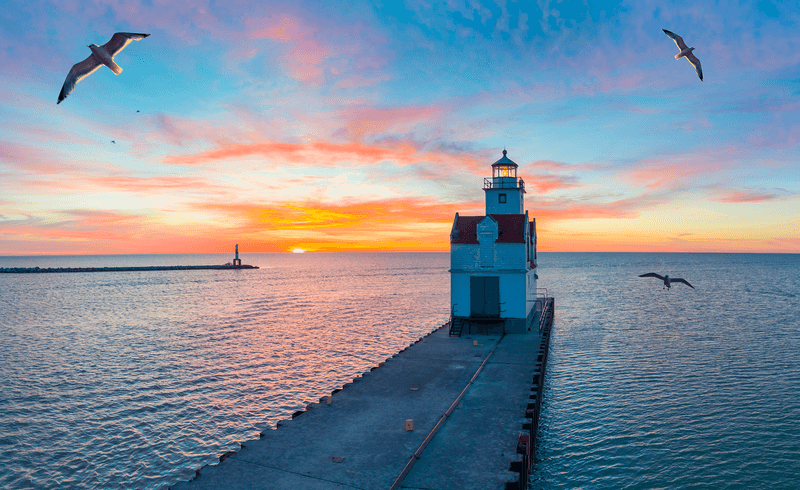
Lake Michigan may seem inviting, but beneath its surface lurk dangerous currents. These rip currents pose serious risks to swimmers, often pulling them away from shore unexpectedly.
Additionally, the lake houses the aggressive muskellunge fish, known for their powerful jaws and sharp teeth. Anglers pursue them, but caution is advised.
The combination of hidden currents and predatory fish creates a deceptive tranquility. Visitors should heed local warnings and stay informed about water conditions to safely enjoy this Great Lake.
Lake Powell, Utah
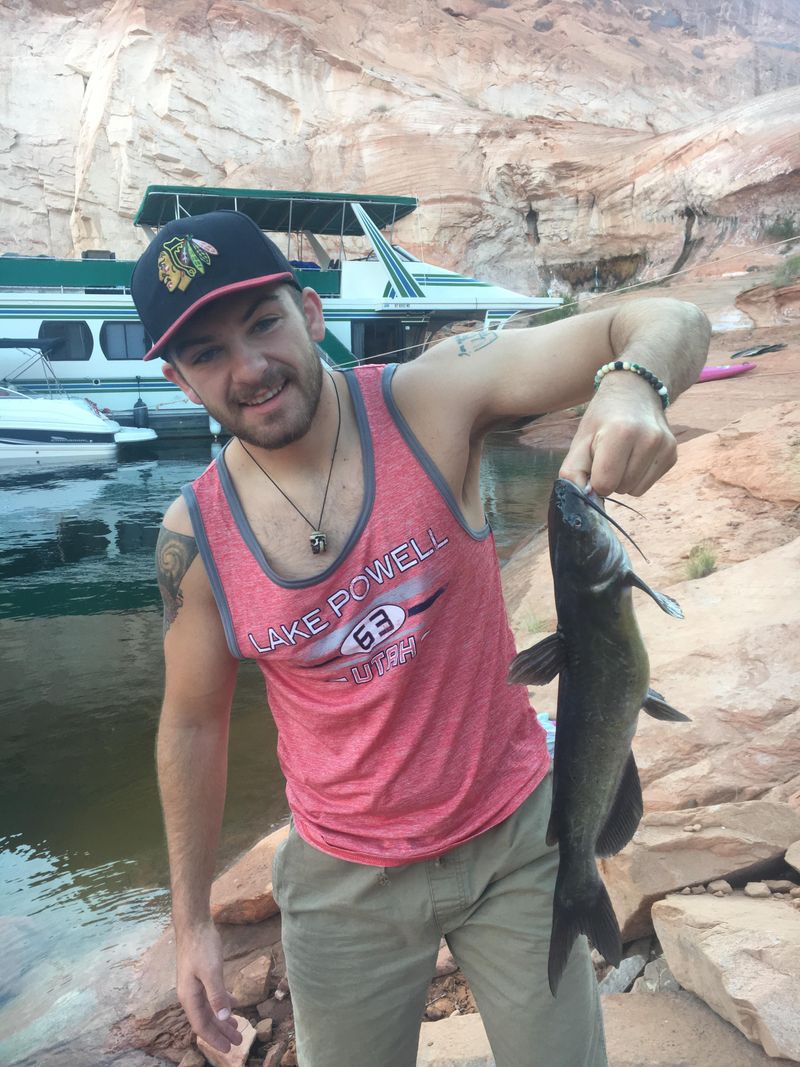
Lake Powell is not just famous for its stunning red rock canyons but also for the catfish lurking in its depths. These large fish, while generally not threatening to humans, contribute to the lake’s ecosystem balance.
However, the real danger is the lake’s fluctuating water levels. Sudden changes can create hazardous boating conditions and expose submerged rocks.
Visitors often underestimate these risks, focusing instead on the lake’s beauty. Staying aware of the environment and understanding the lake’s dynamics is crucial for a safe experience.
Lake Superior, Michigan

Lake Superior’s vastness is matched only by its reputation for shipwrecks. The cold, deep waters hide numerous vessels lost to storms and navigational errors.
Predators like the northern pike thrive here, preying on smaller fish. Their presence is a reminder of the lake’s complex ecosystem.
Despite its beauty, Lake Superior’s size and unpredictable weather make it a challenging environment for sailors. The combination of historic shipwrecks and predatory fish adds an aura of mystery and danger to this majestic lake.
Lake Champlain, Vermont
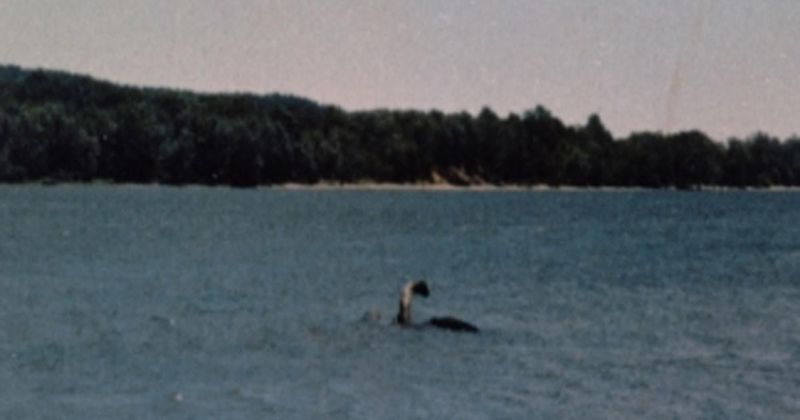
Legend has it that Lake Champlain is home to Champ, a mysterious creature akin to the Loch Ness Monster. While Champ remains unproven, the lake’s actual predators are very real.
Northern pike and bowfin fish are common here, both possessing sharp teeth and aggressive hunting behaviors. They contribute to the lake’s lively aquatic ecosystem.
The allure of encountering Champ adds intrigue, but the real danger lies in the water’s predatory inhabitants. These fish, combined with the lake’s legends, make it a fascinating yet cautionary destination.
Lake Mead, Nevada
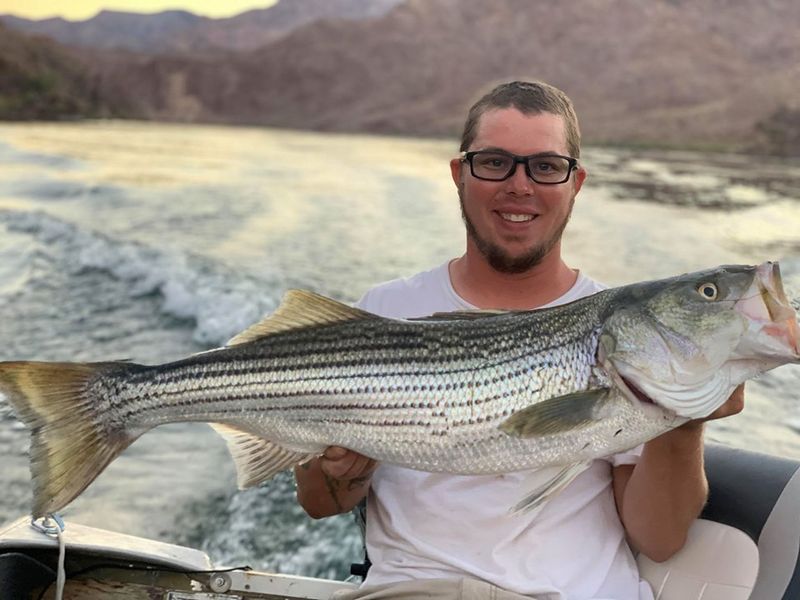
Lake Mead, an oasis in the desert, is home to the voracious striped bass. These fish are known for their aggressive feeding habits and can be a thrilling catch for anglers.
The lake’s size and depth create ideal conditions for these predators to thrive. However, the extreme desert climate poses risks such as dehydration and heat exhaustion.
Visitors should prepare for intense weather conditions and respect the lake’s powerful wildlife. The combination of environmental and biological challenges makes Lake Mead a remarkable yet dangerous destination.
Lake Okeechobee, Florida
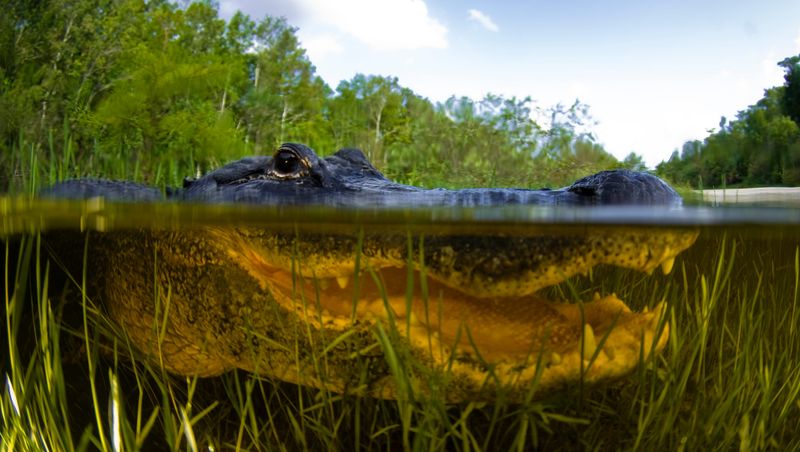
Lake Okeechobee, Florida’s largest freshwater lake, is a habitat for numerous alligators. These ancient reptiles are often seen basking along the shoreline or stealthily moving through the water.
The lake’s shallow depth and dense vegetation create an ideal environment for alligators and other wildlife. Bird watchers and anglers frequent the area, but caution is paramount.
The combination of wildlife and natural beauty makes Lake Okeechobee a compelling yet risky location. Awareness and respect for the local fauna ensure a safe and enjoyable visit.
Lake Tahoe, California
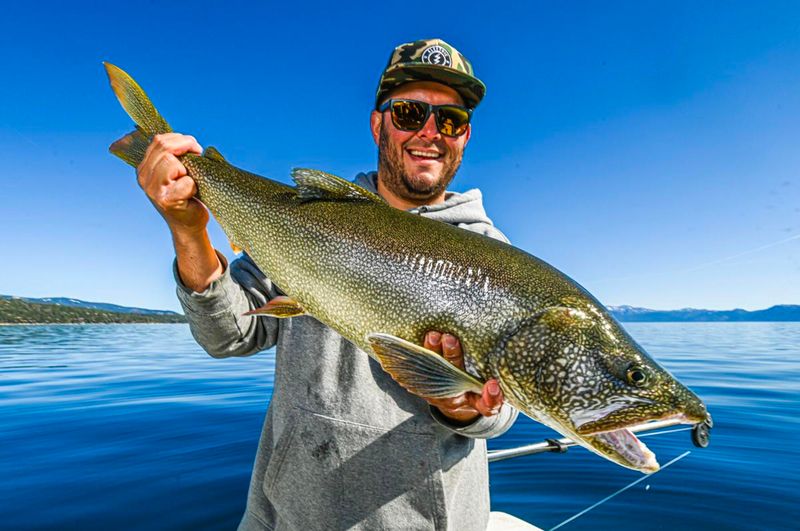
Lake Tahoe’s clear waters are deceptive, hiding large lake trout that can grow to impressive sizes. These fish are top predators in the lake’s ecosystem, preying on smaller fish species.
The lake’s cold temperatures add another layer of danger, posing risks of hypothermia for swimmers. Despite its serene appearance, the lake demands respect for its hidden perils.
Outdoor enthusiasts are drawn to Lake Tahoe for its beauty and recreational opportunities. Being mindful of the conditions and respecting the lake’s ecosystem are key to a safe adventure.
Crater Lake, Oregon
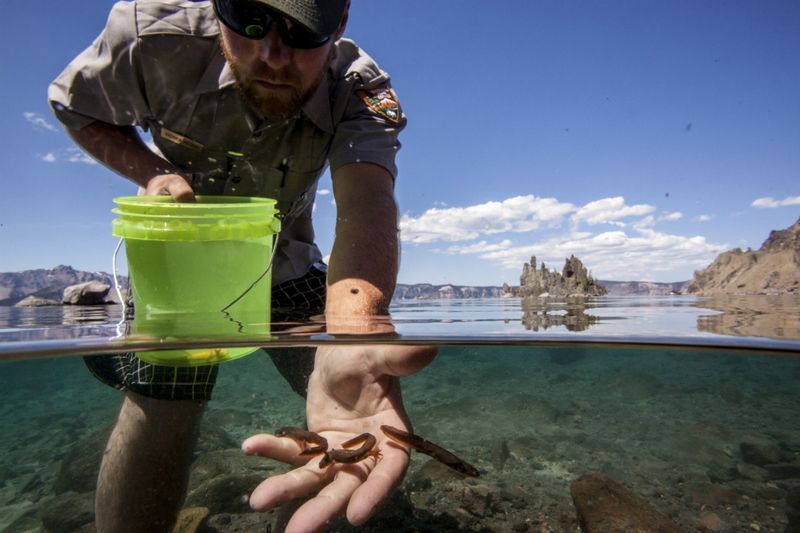
Crater Lake, famous for its deep blue color, holds secrets beneath its surface. The Mazama newt, a unique species, inhabits these waters, adding to the lake’s mystique.
While not a direct threat to humans, the presence of these amphibians highlights the delicate balance of the lake’s ecosystem. The lake’s depth and isolation pose their own challenges.
Visitors are captivated by the lake’s beauty, but must respect the fragile environment. Crater Lake’s blend of natural wonder and ecological significance makes it a place of awe and caution.

